Why Putin could be to blame for North Korea’s latest provocative weapons tests
As Kim Jong-un calls on North Korea’s military to usher in a new era as a powerful nuclear-capable naval power, analysts decode what its spree of recent cruise missile tests could mean for peace and stability in the region. Shweta Sharma reports

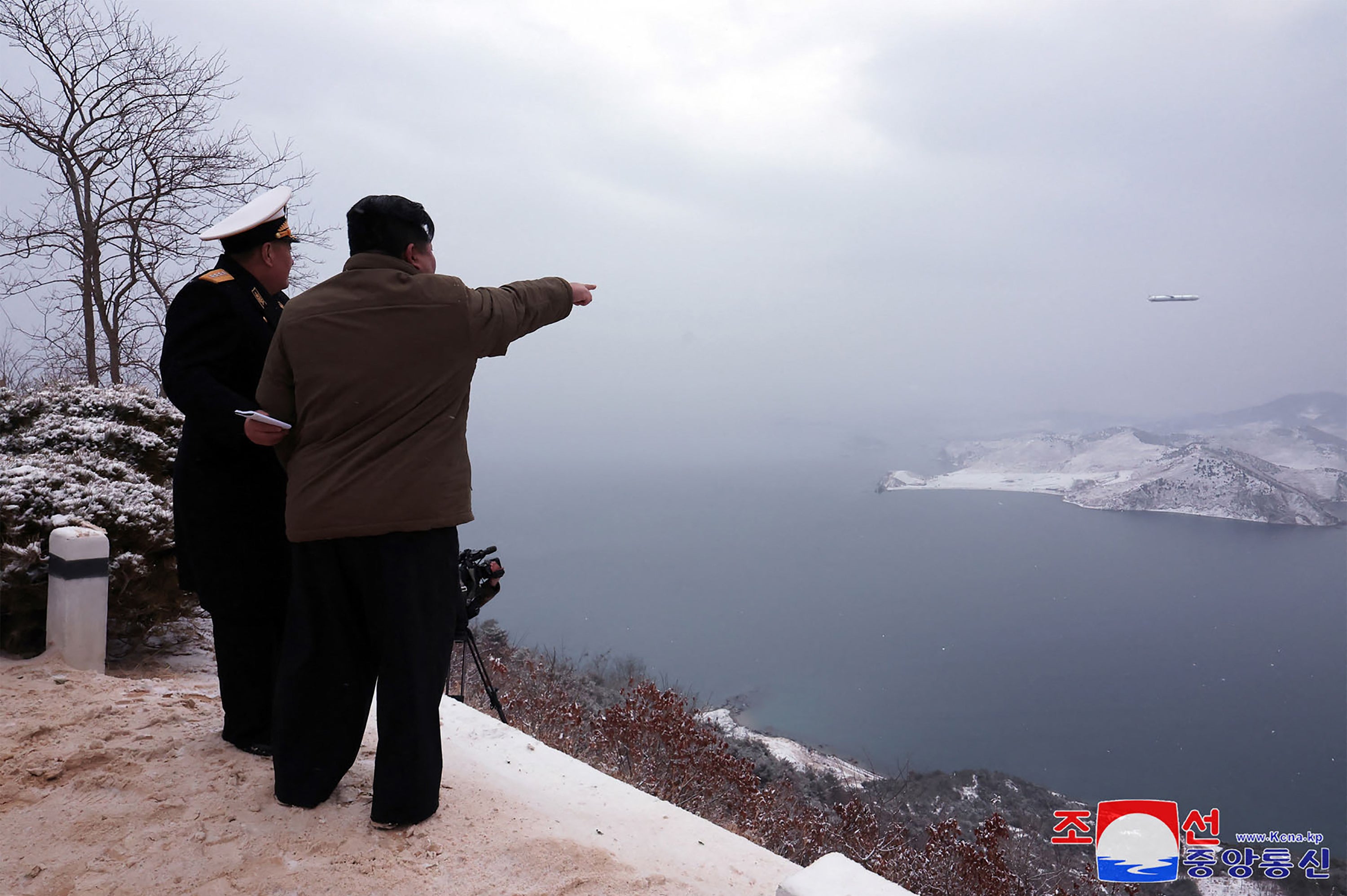
The alarming frequency with which North Korea has been testing missiles since the start of the year, with Kim Jong-un making a particular point of showing off the country’s naval firepower, has led observers to wonder if the launches signify the dawn of a new and sinister partnership involving Pyongyang and its ally Russia.
After the latest launches conducted on Tuesday, North Korea has now tested three waves of cruise missiles in the space of just one week. Mr Kim himself oversaw tests of the brand-new submarine-fired, long-range “Hwasal-2”, according to state news agency KCNA. Hwasal-2 was described as a “strategic” or nuclear-capable weapon that can deliver a nuclear warhead up to 1,242 miles (1,998km) – covering the distance between Pyongyang and US military bases in Japan.
The new launch came after North Korea conducted back-to-back tests of the submarine-fired “Pulhwasal-3-31” missile on 28 January and 24 January. Pyongyang said that its two missiles flew for more than two hours and were of “strategic significance”.
Mr Kim not only oversaw the Hwasal-2 launch but also reviewed the “building of a nuclear-powered submarine” and new warships. The leader called for “accelerating the nuclear weaponisation of our navy”, KCNA said.
The latest flurry of tests is being closely watched by powers around the world at a time when Mr Kim appears to be gaining confidence from strengthened ties with Russia.
But beyond North Korea’s military ambitions, the repeated tests of cruise missiles in particular could be a sign of a broader agreement between Moscow and Pyongyang for the delivery of sophisticated long-range weaponry that Putin needs for his invasion of Ukraine.
Ahn Chan-il, a defector-turned-researcher who operates the World Institute for North Korea Studies, suggested to AFP this week that Kim’s regime could be carrying out the “mass production of cruise missiles ordered by Russia”, with more tests required as Pyongyang ramps up production.
Barbara Kelemen, associate director of intelligence firm Dragonfly, tells The Independent that Pyongyang sees weapon trade with Russia as a way to boost its revenues, although stressed that such missiles also serve a purpose for North Korea itself.
The guided missiles need to undergo a minimum of five successful tests before they are used on the battlefield and the experiments could be part of that exercise.
Both Pyongyang and Russia have denied accusations by Washington and Seoul about North Korean arms transfers to Russia amid their deepening ties that saw Mr Kim describing Russia as “our closest neighbour”.
Kelemen says the development of new cruise missiles by North Korea does not mean they will immediately be shipped to Russia, suggesting that after testing is complete “it would also take several months at least for it to be used at the battlefield”.
Even then, North Korea will “consider its own national security risk” first when it comes to deploying the first battle-ready missiles.
Alongside developing new missiles, Mr Kim has repeatedly called in recent propaganda messaging for North Korea to realise its dream of having a powerful navy capable of deploying them. It has a long way to go on this front, experts say, with its current fleet based on old Soviet-era technology and lacking advanced nuclear propulsion.
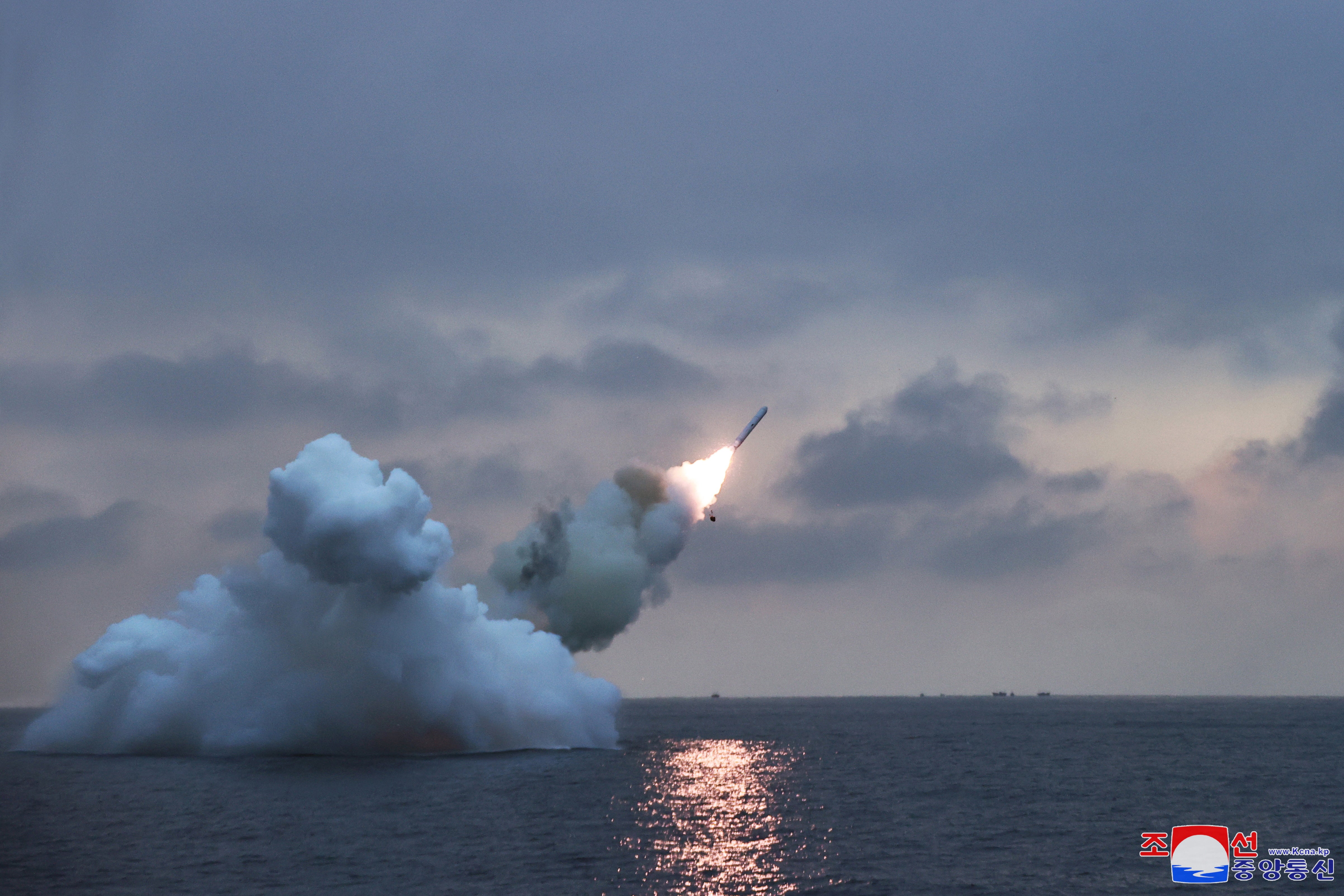
The Singapore-based intelligence analyst Carl-Johan Carlstedt says submarine-launched cruise missiles would give Pyongyang the range to hit US and South Korean targets without detection if attacked.
He tells The Independent that the “Pulhwasal-3-31” cruise missile – whose pictures were released by North Korea this week – is of short range but can have a wider reach in the Asia Pacific if fired from a submarine. In Korean, “pulhwasal” means “a fire arrow”.
“This cruise missile appears to be North Korean-made. Lots of questions around its real range and capability but at face value it gives Pyongyang a strike range of around 1500-2000km putting large parts of Japan in range,” Carlstedt says.
“Launched from a submarine that extends this range to other parts of the Asia Pacific region including potentially Guam.”
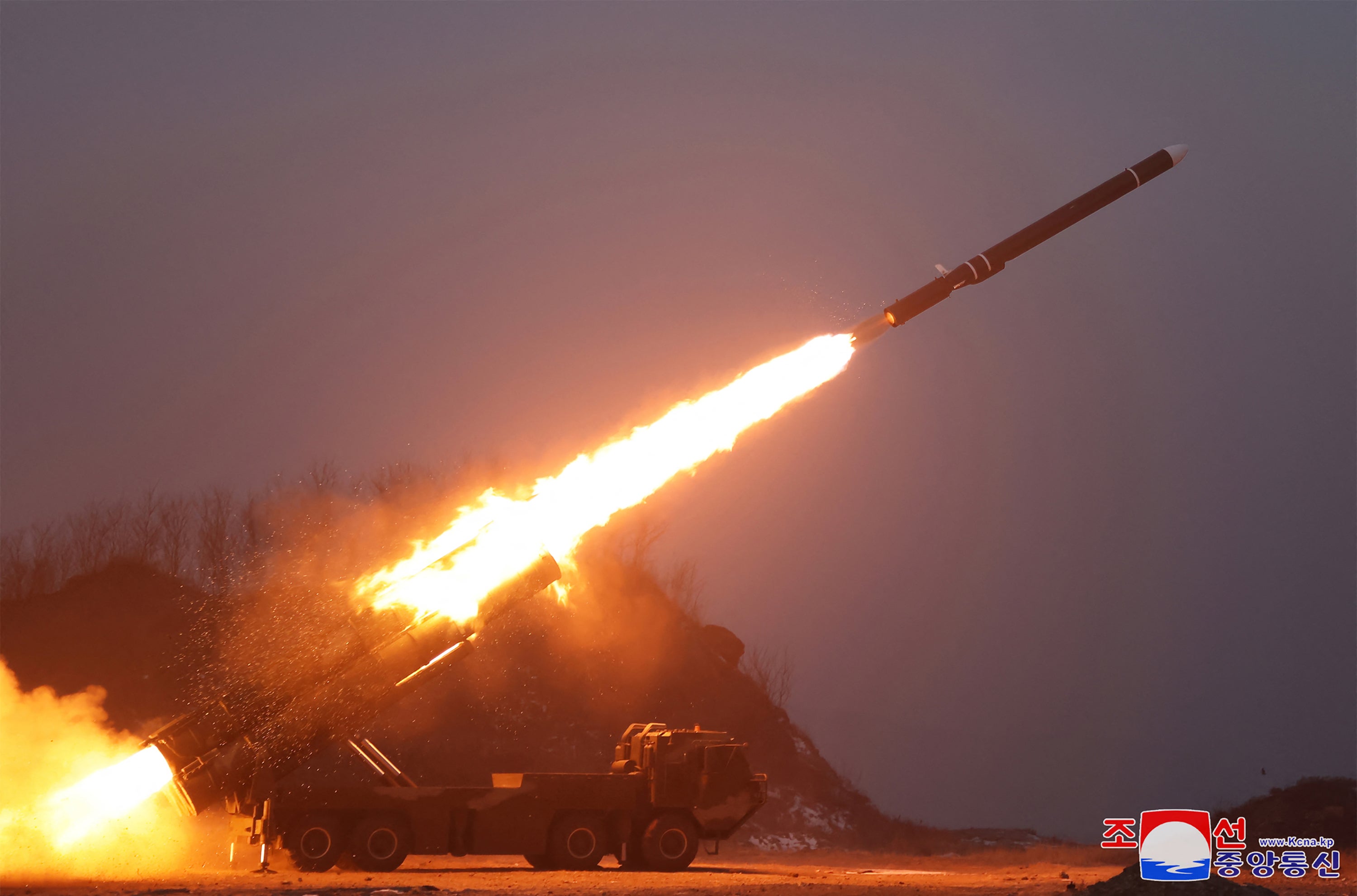
The South Korean military has said that North Korea could be exaggerating its capabilities.
Lee Sung-joon, chief of South Korea’s Joint Chiefs of Staff (JCS), says the test had probably involved a modification of the existing Hwasal missile rather than a new product.
“The flight range of the cruise missile launched yesterday was shorter compared to the previous launches. That said, the launch is supposed to have been aimed at improving the performance of the existing cruise missiles,” he said.
Carlstedt says “the North Korean Navy still has a long way to go” as it does not have nuclear-powered submarines.
“It has a large submarine force but most of these are coastal submarines and a significant strategic submarine force is still a long way off. None of their submarines are nuclear powered and they mostly rely on old Soviet designs with limited endurance and missile capacity,” he says.
Pyongyang doesn’t really have the know-how and industrial base to develop a strategic submarine force at scale, he adds.
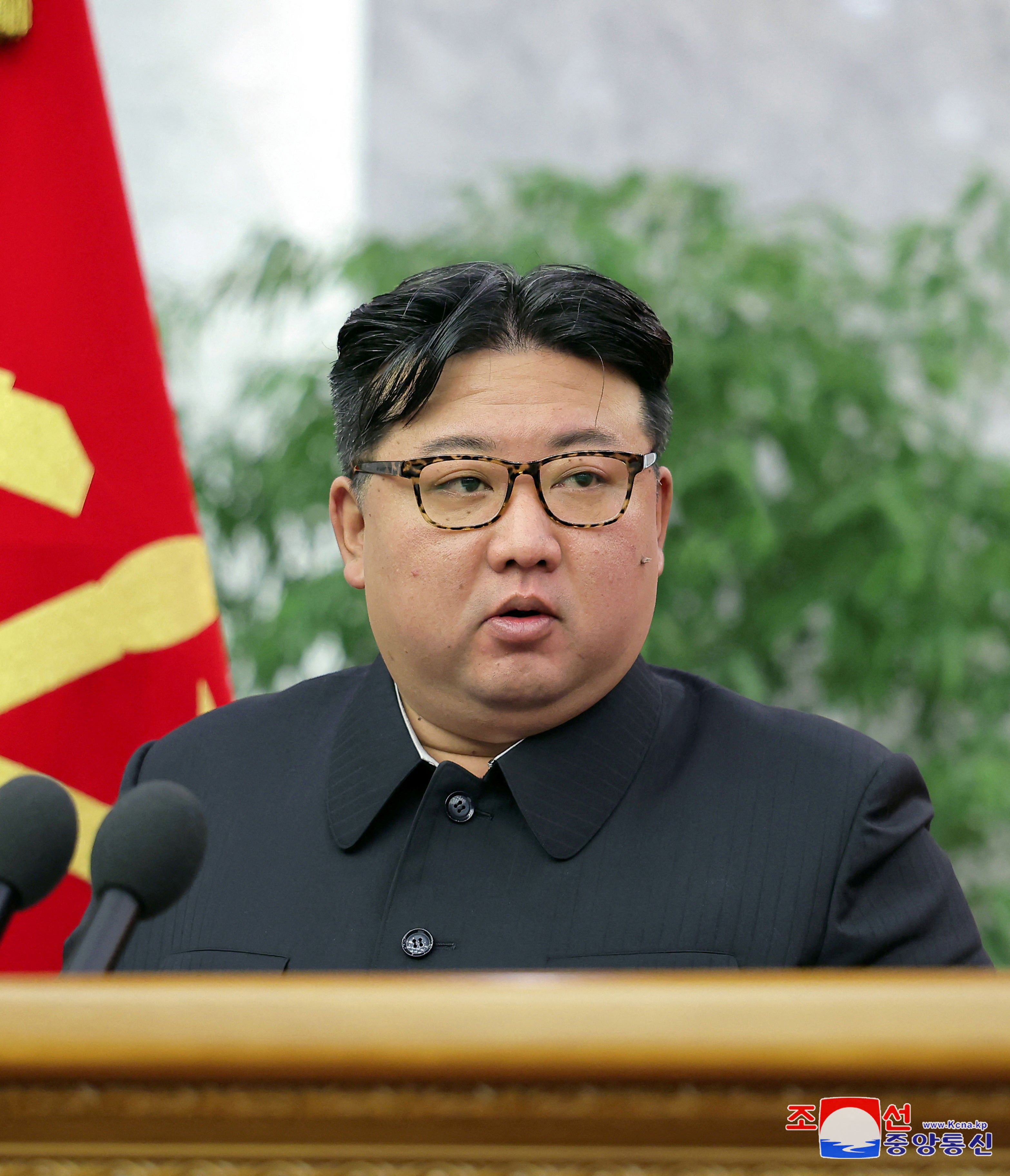
North Korea possesses an estimated 70 to 90 diesel-powered submarines, constituting one of the world’s largest submarine fleets, according to reports. However, the majority of these vessels are ageing and primarily equipped for launching torpedoes and mines.
Unlike ballistic missile tests, there are no UN Security Council sanctions against North Korea testing its cruise missiles. These typically utilise jet propulsion and fly at lower altitudes compared to ballistic missiles, rendering them more difficult to detect and intercept.
Experts say that missile-firing submarines would further augment the maritime threat posed by North Korea’s expanding array of solid-fuel weapons launched from land vehicles. These weapons are specifically designed to outmatch missile defences in South Korea, Japan and the United States.
“The North is looking for another way to show how it can inflict pain on an enemy. Land-based systems are limited and easy for the South Koreans and the US to target and destroy. Underwater drones and submarine-launched cruise missiles give the North Koreans weaponry that’s far harder to detect and counterattack,” says Carlstedt.
“Nuclear submarine drones could potentially destroy ports and landing sites that the US and South Korea would need in the event of a war with the North.”
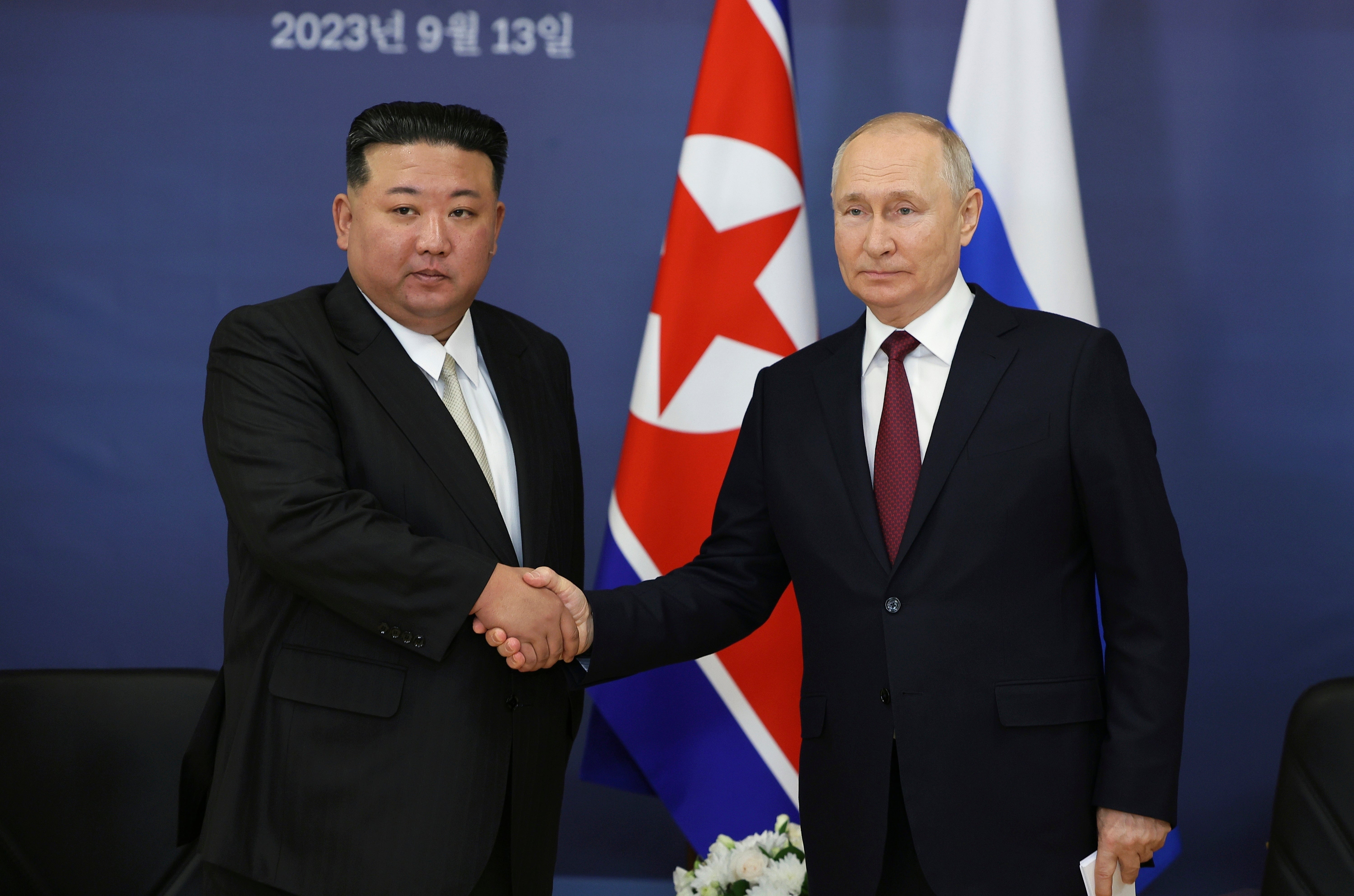
Besides the concern that North Korea’s missiles might be used against Ukraine, the tests have invariably heightened tensions on the Korean peninsula at a time when they were already fraught. Mr Kim recently abandoned North Korea’s stated goal of peacefully reuniting with South Korea and declared its neighbour as the North’s “primary foe”.
He ordered the constitution to be changed to include South Korea’s new classification and asked for the dismantling massive reunification monument – the Arch of Reunification – in the capital Pyongyang.
Leif-Eric Easley, a professor at Ewha University in Seoul, told The Independent that the two isolated countries are “playing Cold War 2.0 geopolitics”.
“High-level diplomacy between Pyongyang and Moscow suggests we have not yet seen the end of their expanding military and economic cooperation.”
“The Kim regime is likely to provide more ammunition for Putin’s illegal war in Ukraine, while Russia facilitates further violations of UN Security Council resolutions in support of North Korean weapons and industrial technologies.”
Join our commenting forum
Join thought-provoking conversations, follow other Independent readers and see their replies
Comments
Bookmark popover
Removed from bookmarks